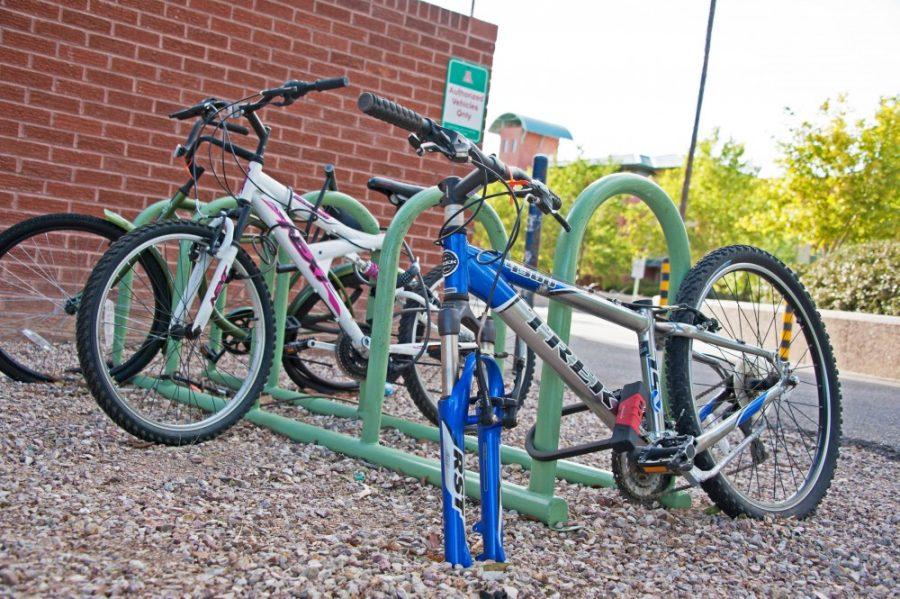
Most of us have heard the line about Arizona spending more per capita on prisoners than on education. Let’s face it: Our K-12 school system is facing many issues. With massive budget cuts plaguing the state, multiple school districts have either switched to a four-day week or are considering it. They claim it’s better for the budget and providing increased class instructional time.
Financially, cutting to a four-day week makes sense. Though salaried employees’ pay would not be affected, employees on hourly pay would have their hours cut by one day per week. According to the U.S. News and World Report, Colorado’s Garfield School District saved $480,000 annually by eliminating Friday instruction.
However, public education is not all about the money. It’s a public good and, by definition, should be there to benefit the public. The question for school boards should be: Is a four-day school week benefitting students? That’s what Camp Verde Unified School District asked last year as they explored becoming a four-day school week district.
Camp Verde Unified School District, Ash Fork Joint Unified School District and, most recently, Peoria Unified School District are just a few of the Arizona districts to make the switch.
“I can’t tell you that it’s better, but it’s not hurting the students,” Camp Verde Middle School Principal Danny Howe said. Howe, a proponent of the four-day week, explained that this method of education gives kids more learning opportunities and longer class periods. In addition, he said teachers get more time to prepare for classes and rejuvenate over a long weekend.
On the flip side, there are community concerns to four-day school weeks. Though most parents working full-time budget for their childcare during summer, winter and spring break, many parents are at a loss with what to do with their children on the fifth day of the week. In the summer, there are institutionalized programs for kids, such as camps and courses, but on a four-day school week, parents have to improvise.
The U.S. runs on a five-day workweek. When these students get out of school and into college or the real world, will they be prepared? Most professions require five, even six-day workweeks. According to CBS MoneyWatch, statistics from the U.S. Census Bureau show 71 percent of college students hold jobs in addition to going to school. It’s safe to assume many students are taking long workweeks to get through college.
Howe defends the system’s implementation in Camp Verde so far.
“At my campus and my high school campus, attendance is up, referrals are down and grades are up,” Howe said. “Most of my teachers are further along in their curriculum.”
Howe attributes this to longer school hours. From bell to bell, the school is open just over eight hours, giving the students more time of focused, in-class instruction.
Research on the benefits of a four-day school week is inconclusive at best. Longer class periods may help students acquire more information, but longer days could be detrimental to retention. Given Arizona’s recent decision to eliminate the Arizona’s Instrument to Measure Standards requirement for graduation, it may not be possible to compare Camp Verde’s instruction this year with last.
If a community that implements a four-day week for kids doesn’t follow suit with flexible workweeks for parents, the problem is simply being passed along. Schools can’t afford to care for students on Fridays — but neither can parents. An unsupervised middle school student might be an even bigger social problem than an uneducated one.
While a four-day week seems worth a try, we ought to be skeptical of attempting to deal with budget cuts by making decisions that ultimately disrupt both students’ education and their home lives.
_______________
Maddy Bynes is a junior studying political science and history. Follow her on Twitter.








